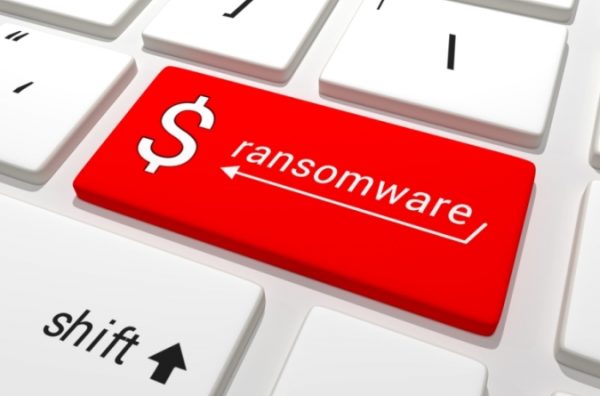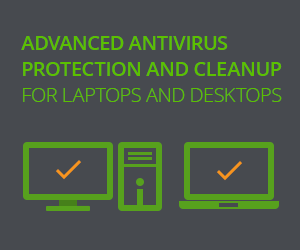[email protected] email marks another strain of the infamous Drahma or Wallet ransomware. The victims are desperate to restore access to the data spoiled by the viral code. The infection holds their important and precious data encrypted for ransom. To undo the malicious transformation, one needs the private key and relevant software.

Ransomware dollar key on a keyboard
Getting the software is not a big deal, but the crooks keep the key on their remote server. The black hats promise to increase the price unless they get paid in 24 hours. The initial bid is 4 bitcoins, which is quite a lot of money in fiat currency. As of February 10, 2017, 1 bitcoins amounts to almost 1,000 USD. A victim is supposed to transfer USD 4000. Many just do not have such a sum of money!
There are two basic modifications of the trojan. These are basically the same malicious scripts. The only difference is the extension added to the files affected. In the first case, the users face the Wallet strain appended to the items affected. The second case makes use of Dharma for an extra file extension. In both cases, the [email protected] variant comes after the original file name and the extension added by the ransomware.
Removal of [email protected] ransomware is rather a matter of eliminating the encryption imposed on the files. However, the users concerned shall not disregard the virus itself. It keeps communicating with the remote server and may repeat the encryption in the case you have managed to retrieve your data from the backup or otherwise restore access thereto.
[email protected] ransomware applies a sophisticated combination of RSA and AES scripts. That ensures the data remains scrambled for good. Brute-force approach is not an option. The volume of computations exceeds reasonably timed capacity of any engine.
To execute its payload, the infection needs to be installed on your device. For that purpose, the crooks apply a number of schemes. They are not much inventive as most of the victims report the invasion after opening spam email. It is good to verify the contents received. Even your trusted contacts may distribute the ransomware as the crooks hack accounts on a wide scale.
Further parts of this article deal with the applied aspects of the data encryption caused by the [email protected] plague.
Automatic removal of [email protected] ransomware
The benefits of using the automatic security suite to get rid of this infection are obvious: it scans the entire system and detects all potential fragments of the virus, so you are a few mouse clicks away from a complete fix.
- Download and install recommended malware security suite
- Select Start Computer Scan feature and wait until the utility comes up with the scan report. Proceed by clicking on the Fix Threats button, which will trigger a thorough removal process to address all the malware issues compromising your computer and your privacy.
Restore files locked by [email protected]
[email protected] represents a unique category of malicious software whose attack surface reaches beyond the operating system and its components, which is why removing the virus itself is a part of the fix only. As it has been mentioned, it encrypts one’s personal information, so the next phase of the overall remediation presupposes reinstating the files that will otherwise remain inaccessible.
-
Launch data recovery software
Similarly to the rest of its fellow-infections, [email protected] most likely follows an operational algorithm where it erases the original versions of the victim’s files and actually encrypts their copies. This peculiarity might make your day, because forensics-focused applications like Data Recovery Pro are capable of restoring the information that has been removed. As the virus further evolves, its modus operandi may be altered – in the meanwhile, go ahead and try this.
-
Take advantage of Volume Shadow Copy Service
This technique is based on using the native backup functionality that’s shipped with Windows operating system. Also referred to as Volume Snapshot Service (VSS), this feature makes regular backups of the user’s files and keeps their most recent versions as long as System Restore is on. [email protected] virus hasn’t been found to affect these copies therefore the restoration vector in question is strongly recommended. The two sub-sections below highlight the automatic and manual workflow.
- a) Use Shadow Explorer
Shadow Explorer is an applet that provides an easy way of retrieving previous versions of files and folders. Its pro’s include an intuitive interface where the computer’s entire file hierarchy is displayed within one window. Just pick the hard disk volume, select the object or directory to be restored, right-click on it and choose Export. Follow the app’s prompts to get the job done.

- b) Use file properties
Essentially, what the above-mentioned Shadow Explorer tool does is it automates the process that can otherwise be performed manually via the Properties dialog for individual files. This particular approach is more cumbrous but just as effective as its software-based counterpart, so you can proceed by right-clicking on a specific file, which has been encrypted by [email protected] ransomware, and selecting Properties in the context menu. The tab named Previous Versions is the next thing to click – it displays available versions of the file by date of the snapshot creation. Pick the latest copy and complete the retrieval by following the prompts.

-
Data backups work wonders
Ransomware like [email protected] isn’t nearly as almighty and destructive in case you run regular file backups to the cloud or external data media. The virus itself can be completely removed in a matter of minutes, and the distorted information can then be just as easily recovered from the backup. Luckily, this is a growing trend, so ransom Trojans are hopefully going to become less subversive in the near future.
Verify thoroughness of the removal
Having carried out the instructions above, add a finishing touch to the security procedure by running an additional computer scan to check for residual malware activity
